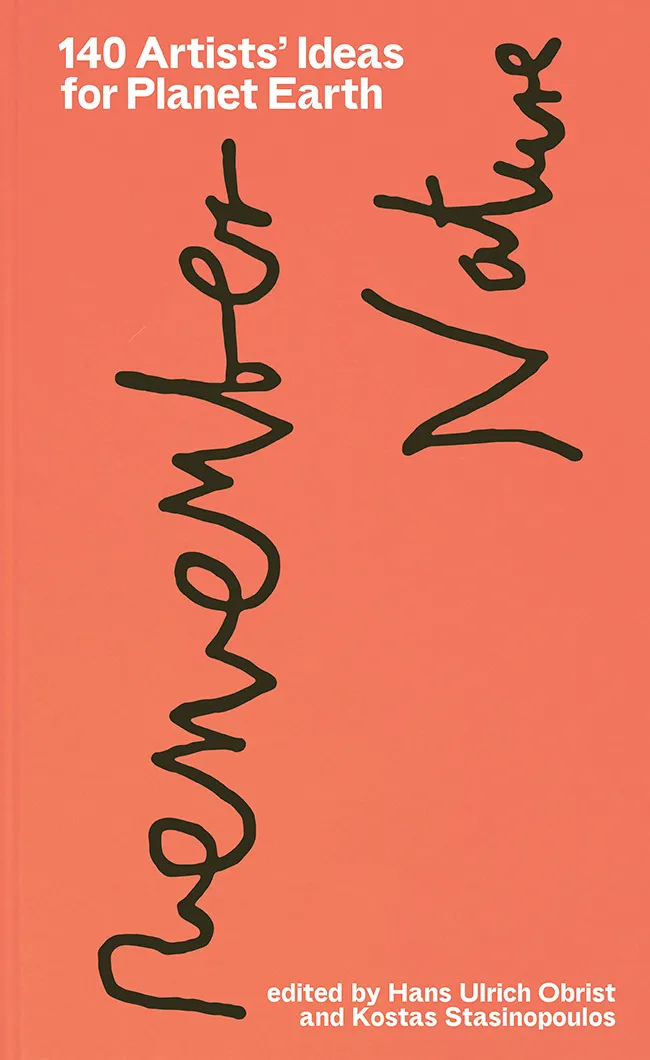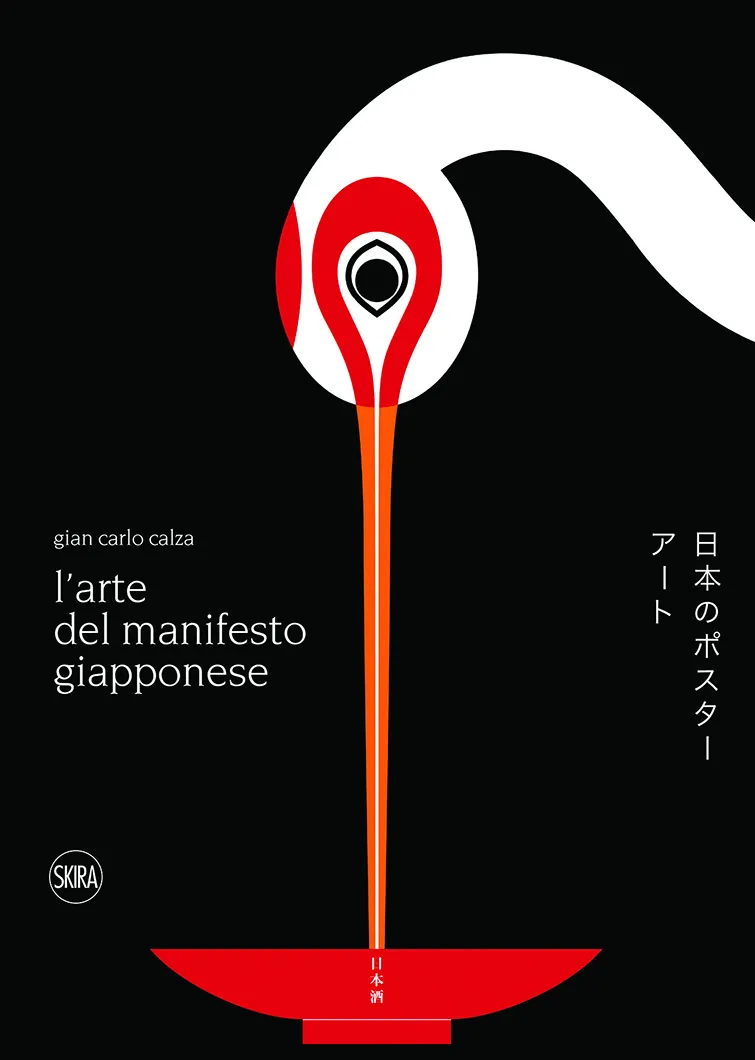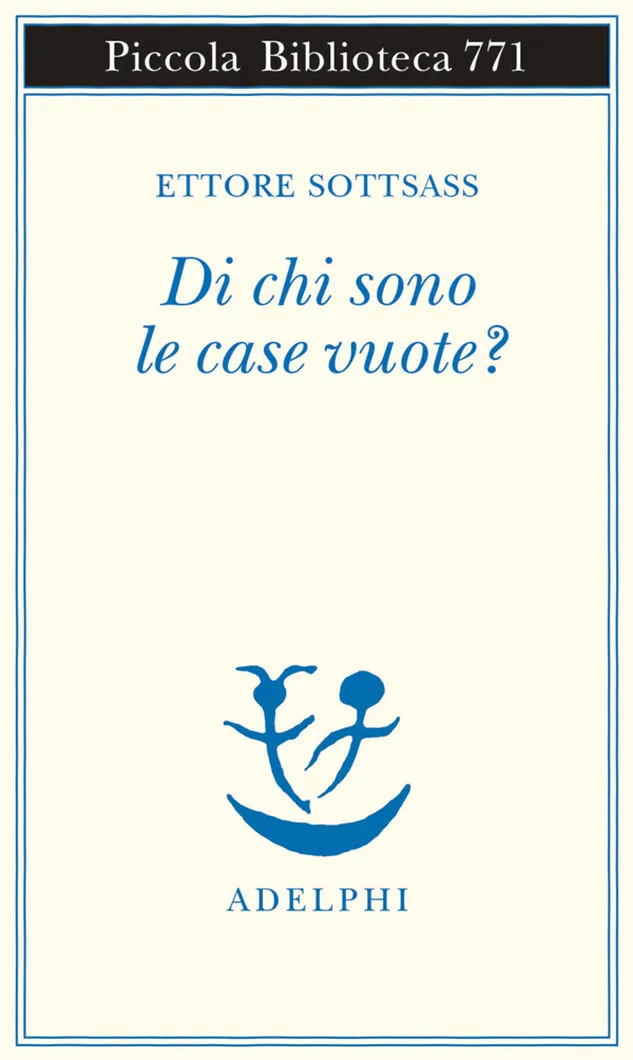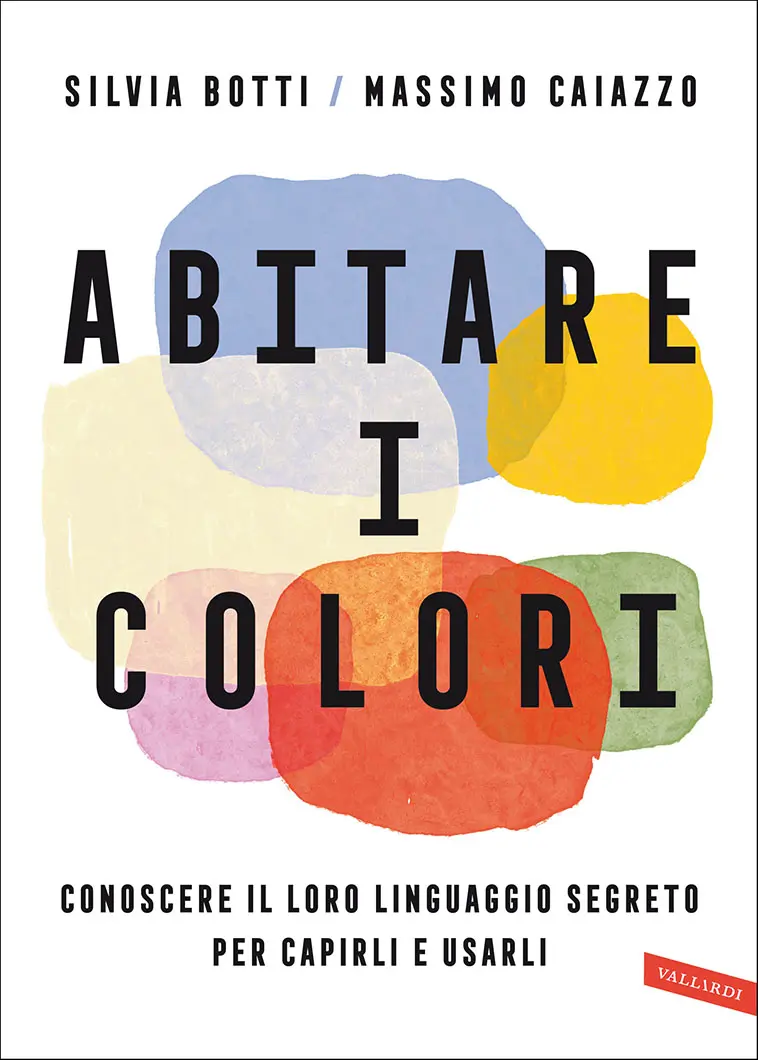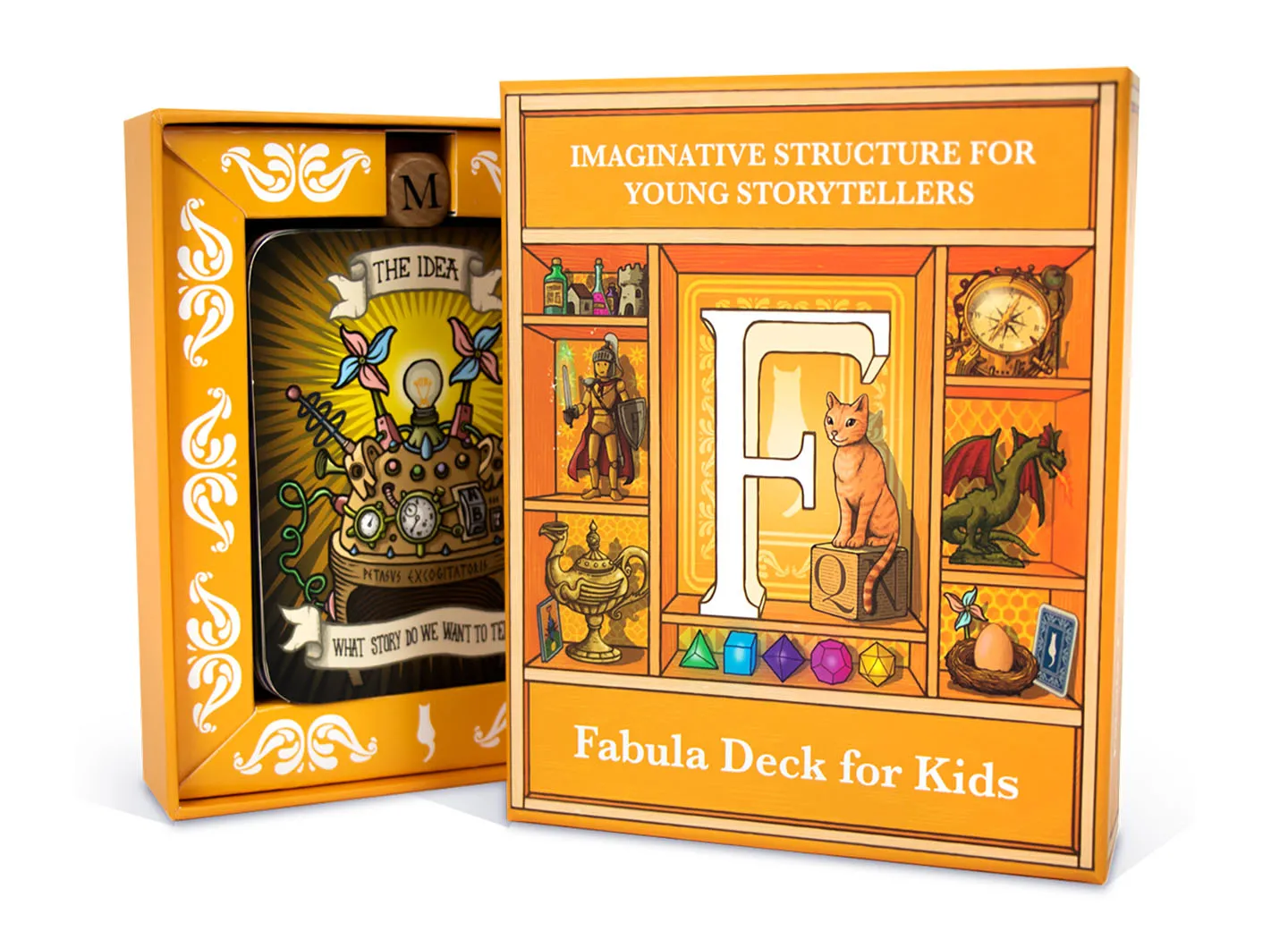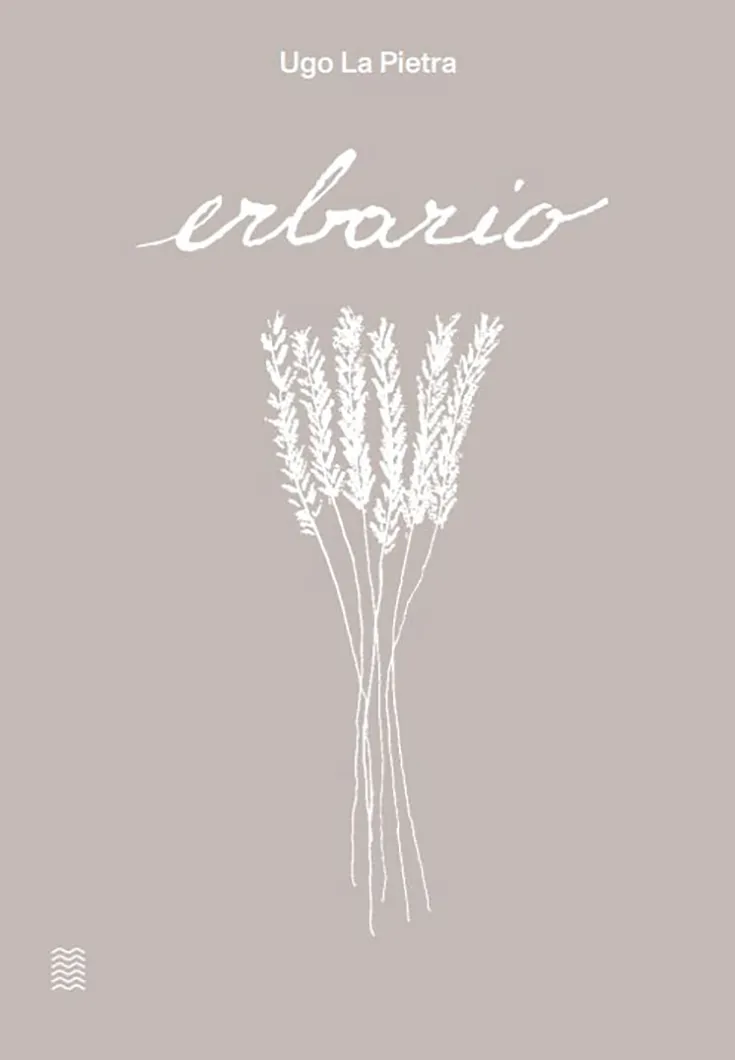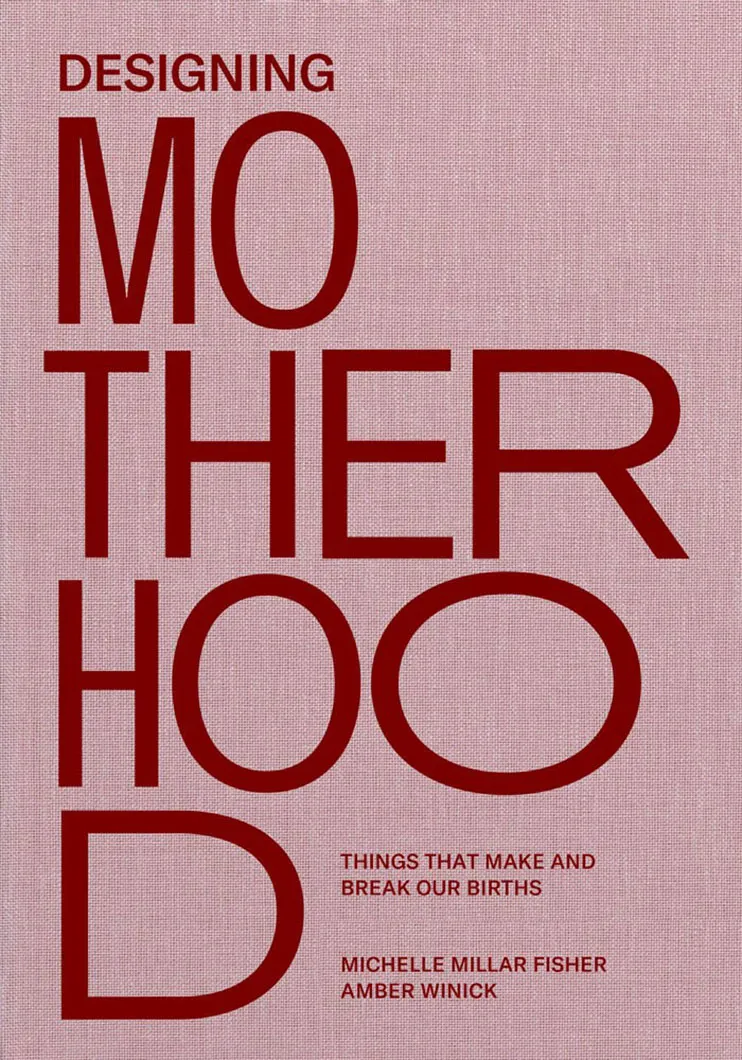The furniture and design segment dedicated to life en plein air. Interview with Roberto Pompa of the Assarredo Presidential Council as well as President of Roda
10+1 books for gifting this Christmas, selected by the Salone Book Club
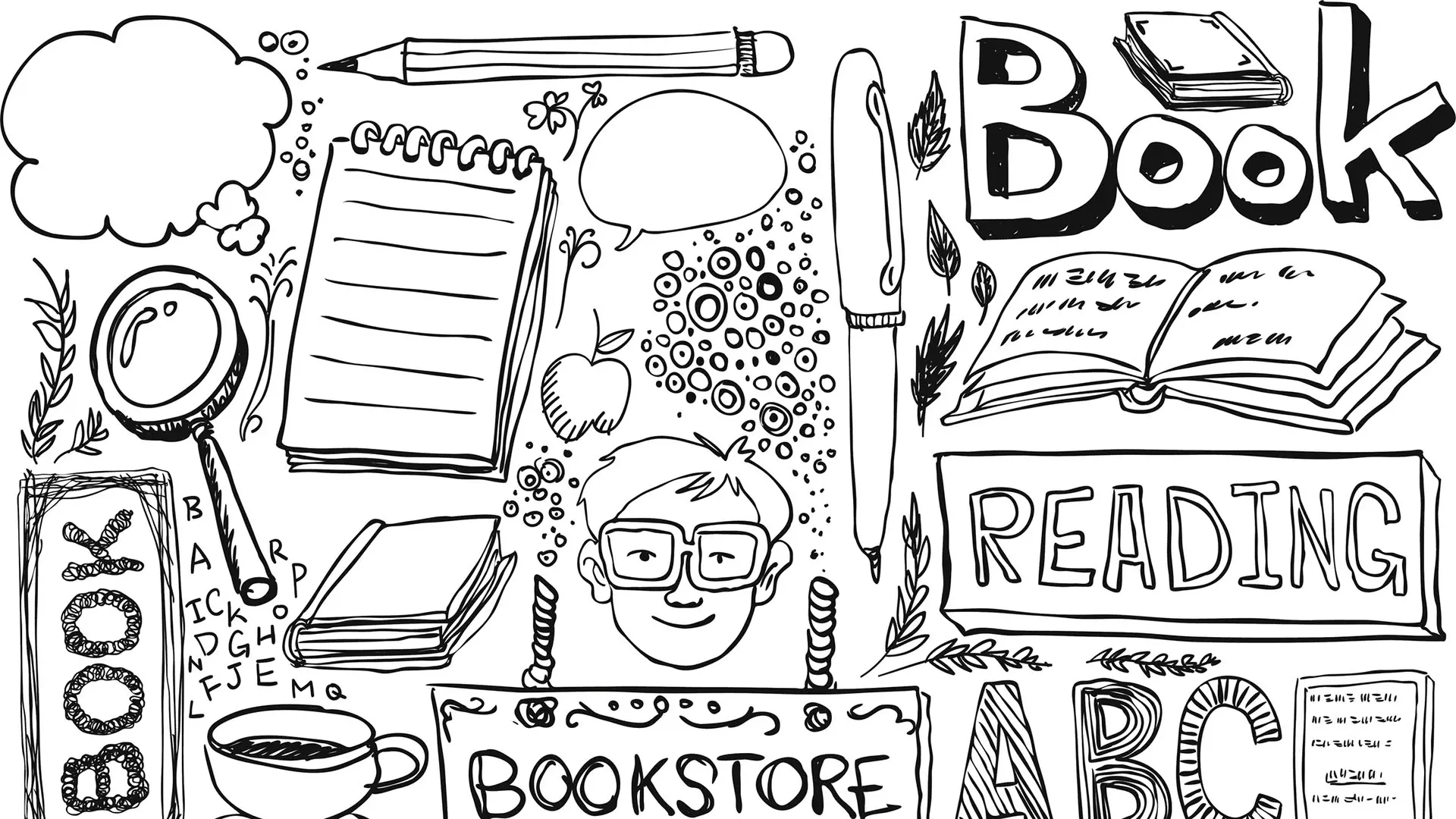
Guido Scarabottolo’s mountains or Ettore Sottsass’s writings? Which book to put under the tree, in one’s suitcase or on the bedside table?
How often have we purchased or given a book for no particular reason, just because the title jumped out at us or we were bewitched by the cover? Christmas is coming and therefore, according to the principle of the communicating vases, so is the time for presents. Useful, more often than not. Like books, because they trigger our thought processes and critical senses and allow us to dream about or explore worlds. There is no common thread to our small selection, a mosaic of themes and forms of literature. From the illustrations of a contemporary graphic master, Guido Scarabottolo, to the composite collection of writings by the great Ettore Sottsass; building types narrated by images to small stories of design; an essay by Mauro Porcini inclining towards a better world and an unusual do-it-yourself guide in which 140 artists moved by the climate emergency have contributed recipes to shape new futures. Then there are the wonderful Japanese posters, the mysteries of colour, a herbarium and a pack of cards for children to invent stories around. Plus, it being Christmas, there had to be one on birth, seen through the lens of design.
Christmas is often inextricably linked with snow and mountains. "In 2005 I spent a day skiing for the first time in thirty years (the backdrop is another subject). The next day I was half paralysed so I spent some time drawing mountains with a tatty paintbrush in an exercise book. Those drawings marked a turning point in my work,” writes Guido Scarabottolo in the preface to his 36 Vedute della Montagna Incantata (Views of the Magic Mountain) (Edizioni della Galleria L’Affiche). Inspired by the title of the most famous series of drawings in the world, Mount Fuji by Hokusai, and Thomas Mann’s famous novel, “a fine description of the form that has followed me around benignly for several years,” he continues. In actual fact, the drawings are so much more than they are declared to be and are all untitled. Just one of them carries a quote from Shakespeare, given an ironic twist: “we are such stuff as Pavesini are made on.”
For those who love a blend of poetry and irony.
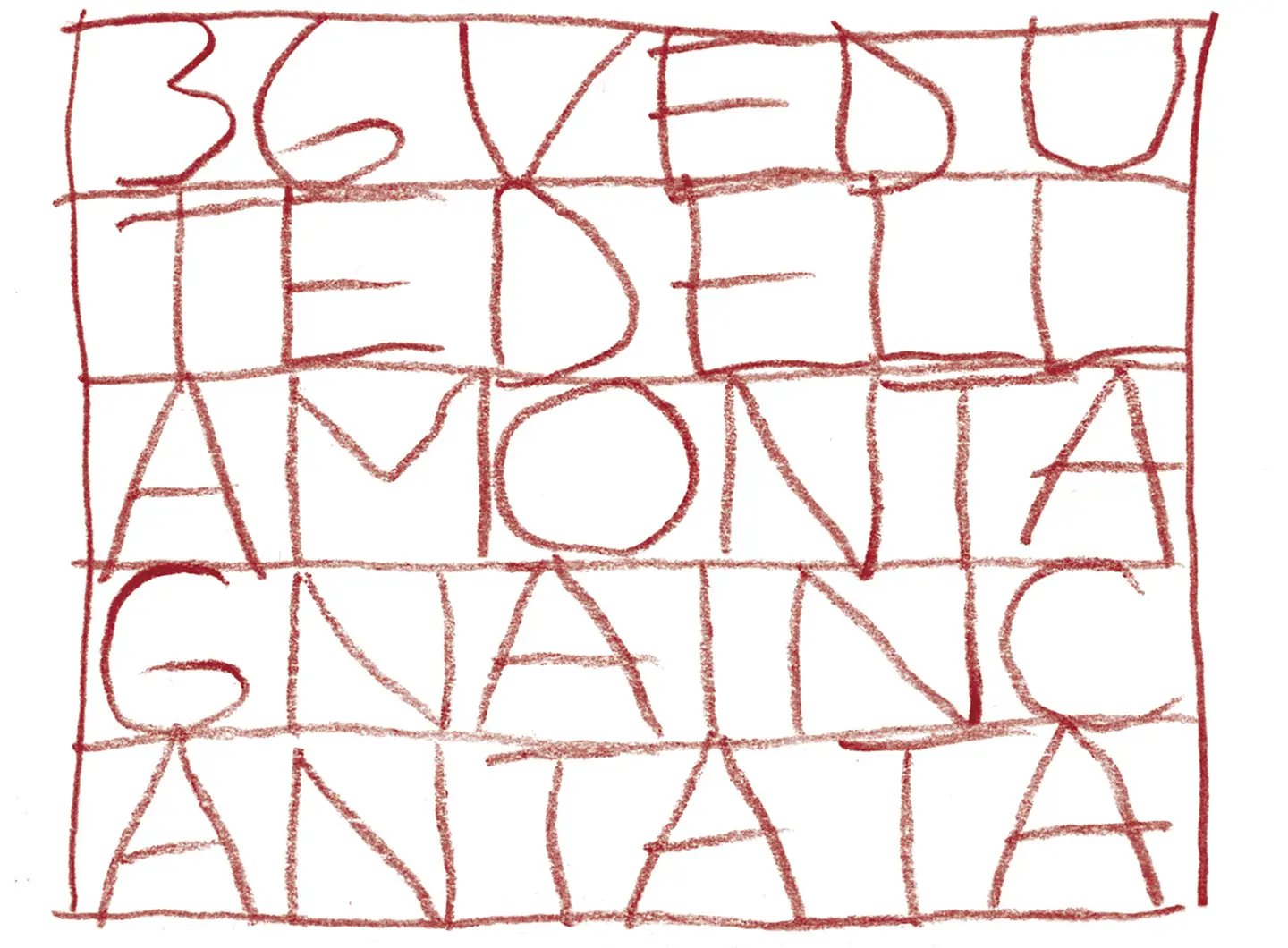
An illustrated 90-page story draws us into the subject of architecture, showing how the evolution of our civilisation is bound up with the history of buildings, from castles to towers, houses, museums, temples, basilicas, skyscrapers and many more. Archistoria. Materiali e Forme di Architettura (Archistory. Materials and Forms of Architecture) (Quinto Quarto) by Magdalena Jelenska with illustrations by the Milan-based brand strategy and creative direction agency Acapulco Studio, set up by Agata Dudek and Małgosia Nowak, responds to the thousands of questions that may come to mind when confronted with a building. What element do the 19th century Crystal Palace and the Louvre Pyramid have in common, for instance. Split into chapters by material (stone, brick, concrete and glass) and architectural type (tower/skyscraper, bridge, arch, dome, central plan, basilica), the book traces the development of construction materials and building forms, culminating in the highest prize an architect could hope for: the Pritzker Prize.
For those in search of cultural entertainment.
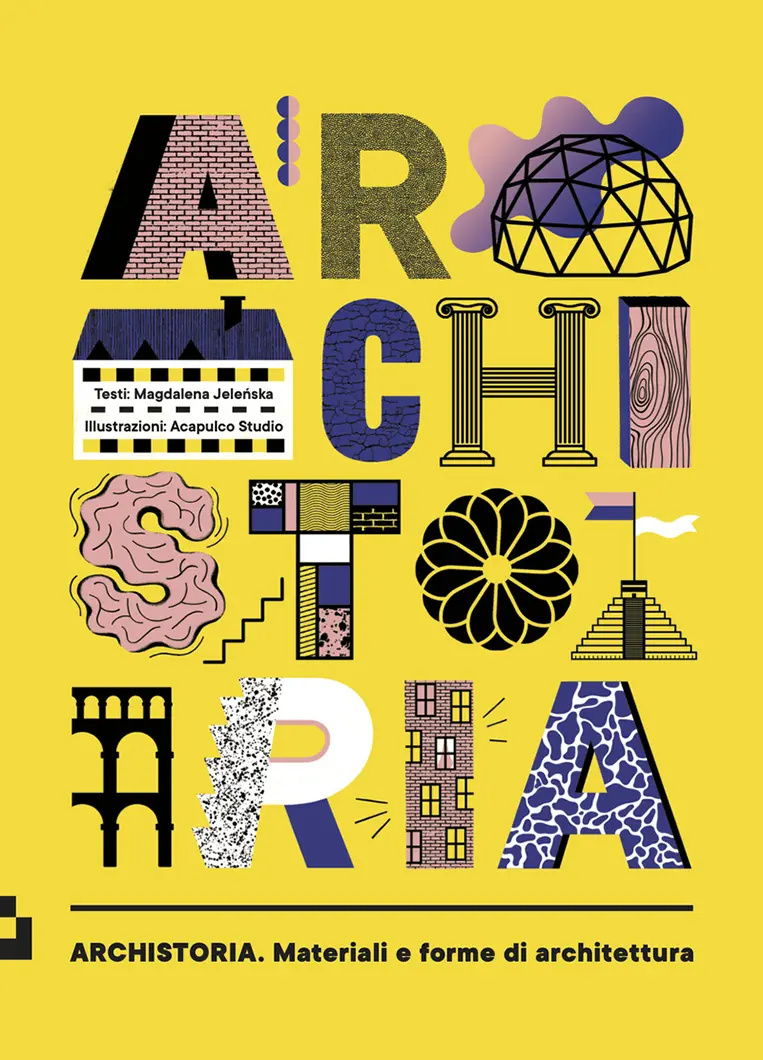
From architecture to objects with Trentatré Piccole Storie di Design (Thirty-three Short Stories of Design) (Electa) written by Luciano Galimberti, designer and President of the ADI. The objects are those in everyday use, habitual inhabitants of our lives, but often unsung heroes. The objects are discussed with memories, anecdotes, events, emotions and literary memories, eschewing “the ‘great’ official stories of design” in favour of a more intimate and humanistic approach. Sharing emotions. Each story has its own QR Code linked directly to the podcast on Spotify, narrated by the author. Why 33 stories? Because this is a meaningful number in many of our cultural spheres – religious (the Gospels), literary (the Divine Comedy) and scientific (the number of vertebrae in the human spine). The desire to tell an intimate story also becomes a tool for collective sharing.
For lovers of autobiographies, in object form in this case.

Full immersion in the new Renaissance. Or rather, in the times we live in, built on continual innovation, in which the only abiding rule is “that nothing will ever be the same again.” This is the theme of L’Età dell’Eccellenza (The Age of Excellence) (Il Saggiatore), a passionate essay written by the Chief Design Officer of PepsiCo, the second biggest food sector company in the world. Mauro Porcini, innovator, communicator, designer, and former manager of 3M, before which he was a student thirsty for knowledge, has come up with a handbook for optimism for living through these times of experimentation as best we can, in which the opportunities offered by globalisation, technology and communication methods enable creatives – alias “unicorns” - to successfully outdo what the giants can produce. This lengthy (510 pages) “fluid story” expands on the recipe for “positive” living and working, with a final memo to the effect that physical interaction is what’s needed to light the spark of innovation.
For those who believe that the creation of a better world is just a prototype of distance.
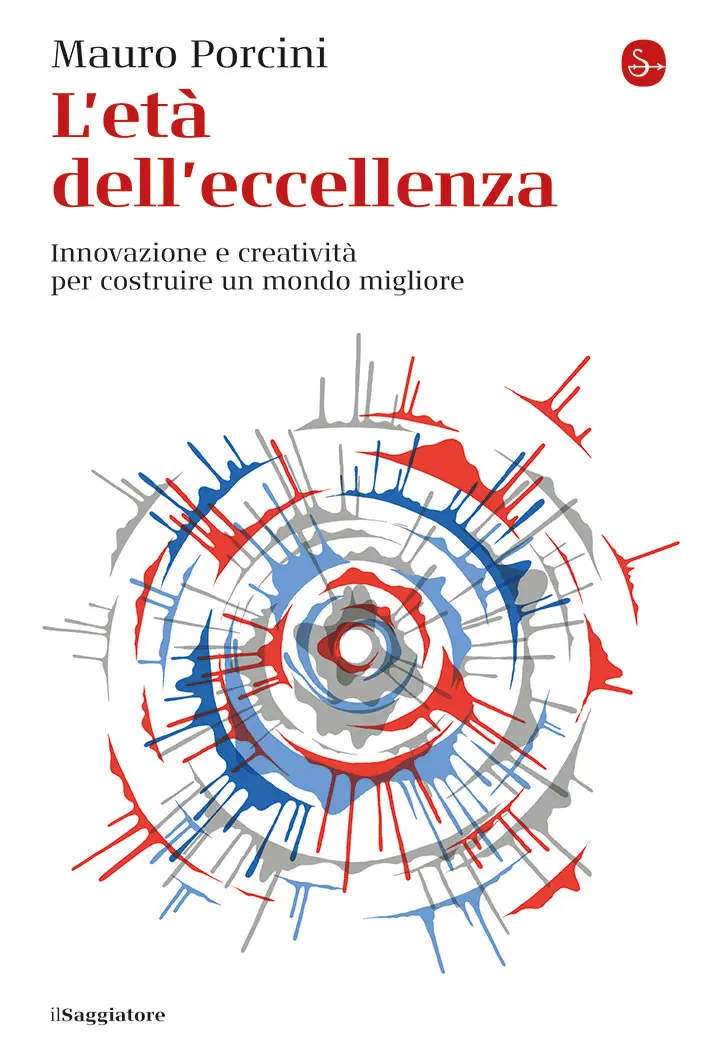
140 Artists’ Ideas for Planet Earth (Penguin Books), is also geared to building a better planet. It’s an innovative guide put together by Hans Ulrich Obrist, Curator and Director of the Serpentine Gallery and Kostas Stasinopoulos who, along with the team at the London-based gallery, set up the Back to Earth project, which involved 140 artists, designers, architects, filmmakers, stylists, scientists, poets and thinkers over the years, asking them to provide do-it-yourself recipes for cooking up a more ecological future. The book includes sketches, photographs, essays and precise instructions by figures such as Marina Abramovic, Michael Anastassiades, Laurie Anderson, Stefano Boeri, Brian Eno, Norman Foster, Martino Gamper, Sheila Hicks, Carsten Holler, Yoko Ono, Neri Oxman, Tomas Saraceno and Vivienne Westwood, which cause is to rethink the climate crisis and join this salvific community in imagining new futures.
For those who know that every action we take can help bring about change.


